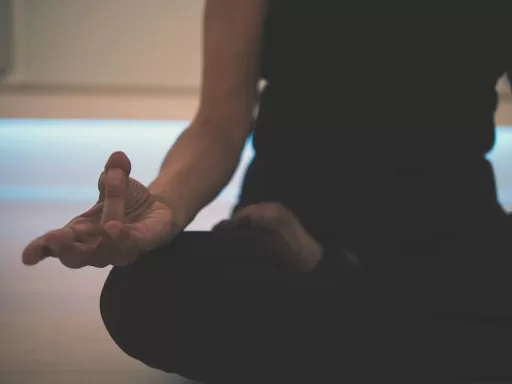The ancient practice of yoga has transcended centuries, offering a fusion of physical, mental, and spiritual enrichment. As yoga’s popularity continues to soar, many enthusiasts seek to deepen their practice by becoming yoga teachers. The journey to teaching yoga is as transformative as the practice itself, involving rigorous training, personal mastery, and professional development. If you’re considering this path, you’ll need to navigate various styles, certifications, and the business aspects of yoga teaching. Keep reading to embark on this enlightening journey to transform your passion into a rewarding career.
Certifications and Training Programs for Aspiring Yoga Instructors

Becoming a credible yoga instructor mandates proper certification. Selecting a reputable program accredited by an organization like the Yoga Alliance will ensure that your certification is accepted broadly. This baseline qualification is a stepping stone that demonstrates your commitment to professional standards and instructional proficiency.
Due to the convenience of modern technology, many training programs are now offered online. Opting for an online yoga teacher training certification can be a flexible and accessible way to gain your qualifications, especially valuable for those balancing other life commitments. However, ensure that the digital platform is credible, offers comprehensive content, and fosters interaction with experienced instructors. It’s critical to recognize that while certifications can establish you as a qualified instructor, the best teachers are often those who pursue continuous learning.
Consider your certification as the beginning, not the endpoint. Engaging in workshops, retreats, and additional training can help keep your skills sharp and your passion alive. This commitment to lifelong learning will be evident in the quality of instruction you provide to your students.
Building Your Yoga Teaching Experience: Tips and Strategies
After obtaining your certification, the real-world experience of teaching yoga is invaluable. Start by offering free classes to friends, family, or community groups to build your confidence and teaching style. Word of mouth from these initial students can help you grow your class sizes and reputation. Use this phase not only to refine your instruction but also to learn how to adapt to the varying needs of your future students.
Consider assisting more experienced teachers or seeking mentorship opportunities. Observing and supporting seasoned instructors can provide insights into managing classes and engaging effectively with students. It also exposes you to different teaching methods and the nuances of instruction that are often not covered in training programs.
Expanding your teaching repertoire can also be achieved by working at local studios, gyms, or wellness centers. These settings can offer a steady stream of students and the chance to become part of a professional community. Be adaptable and ready to teach different classes; versatility is a key quality for a successful yoga instructor.
Maintaining Personal Growth and Continuing Education as a Yoga Teacher

The journey of a yoga teacher is one of perpetual learning and self-discovery. To truly inspire your students, you must continually invest in your growth. Attending advanced workshops, and seminars, and even going back to the roots of yoga through travel can provide fresh perspectives and knowledge. Embrace every opportunity to learn something new; your students will benefit from the enriched experience you bring to your teaching.
Networking with other yoga professionals is another facet of personal development. Share experiences, insights, and challenges with peers—such interactions can be incredibly supportive and educational. Join professional yoga associations, attend conferences, and engage with the yoga community both online and offline. This sense of fellowship can be instrumental in opening doors to new opportunities and collaborations.
Taking care of your mental and physical well-being is just as important as enhancing your teaching skills. Incorporate mindfulness, meditation, and self-care into your routine to avoid burnout. A well-balanced yoga teacher can offer students a safe and nurturing environment and serve as a testament to the benefits of regular practice.
As you can see, the path to becoming a yoga teacher is filled with professional opportunities. Beyond that, becoming a yoga teacher is not just about sharing yoga with others, but it is also a path of personal growth and fulfillment. By guiding others on their yoga journey, creating a sense of community, and continuing to learn and grow, you have the opportunity to make a positive impact on the lives of others and yourself.
